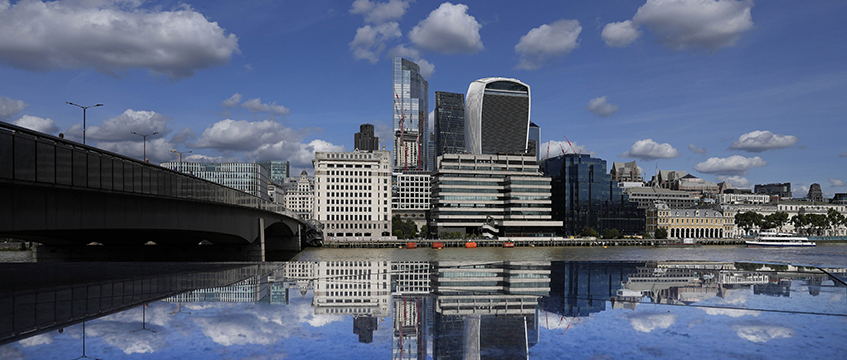The City of London Corporation has signed off a new set of guidelines intended to help developers “design out suicide” from tall buildings in the capital’s Square Mile.
The corporation’s planning committee met this week to approve a planning advice note titled Preventing suicides in high rise buildings and structures.
The paper sets out suicide prevention methods that the corporation wants to see taken into account by designers, developers and owners of buildings, and will now be “a material consideration in the determination of planning applications”, the corporation said. Officers are also working on a standard condition related to the note.
Planning committee chairman Shravan Joshi said the note was “a critical piece of work” ahead of its approval by the committee.
The paper outlined several suicide prevention measures, including restricting access to particular sites or parts of buildings and installing barriers, which under UK regulation must have a height of at least 1.1m. Other options highlighted include safety nets below locations from which people could jump.
The paper also recommended increasing the “capacity for human intervention”, through measures such as improved CCTV surveillance, increased staffing and foot patrols. “While people may not be qualified in mental health, they can be equipped with basic knowledge and confidence to react appropriately,” the note said. “It has been proven that talking to people in suicidal distress is the most helpful method when preventing suicide, as it distracts vulnerable people from making an attempt on their lives.”
Finally, the guidelines encourage developers to clearly signpost help available for people through steps such as free emergency telephones and providing a “sanctuary” – a “calm and safe place which is staffed to take distressed individuals”.
“The guidelines cannot cover every eventuality that may arise, and therefore professional judgement from suicide prevention experts and experienced engineers may be required,” the paper said.
“It should be noted that no measure is a guaranteed solution when it comes to preventing suicide. A proactive approach that seeks to design out suicide should be encouraged, rather than a reactive one, when faced with the possibility of such a tragic and traumatic event.”
To send feedback, e-mail tim.burke@eg.co.uk or tweet @_tim_burke or @EGPropertyNews











